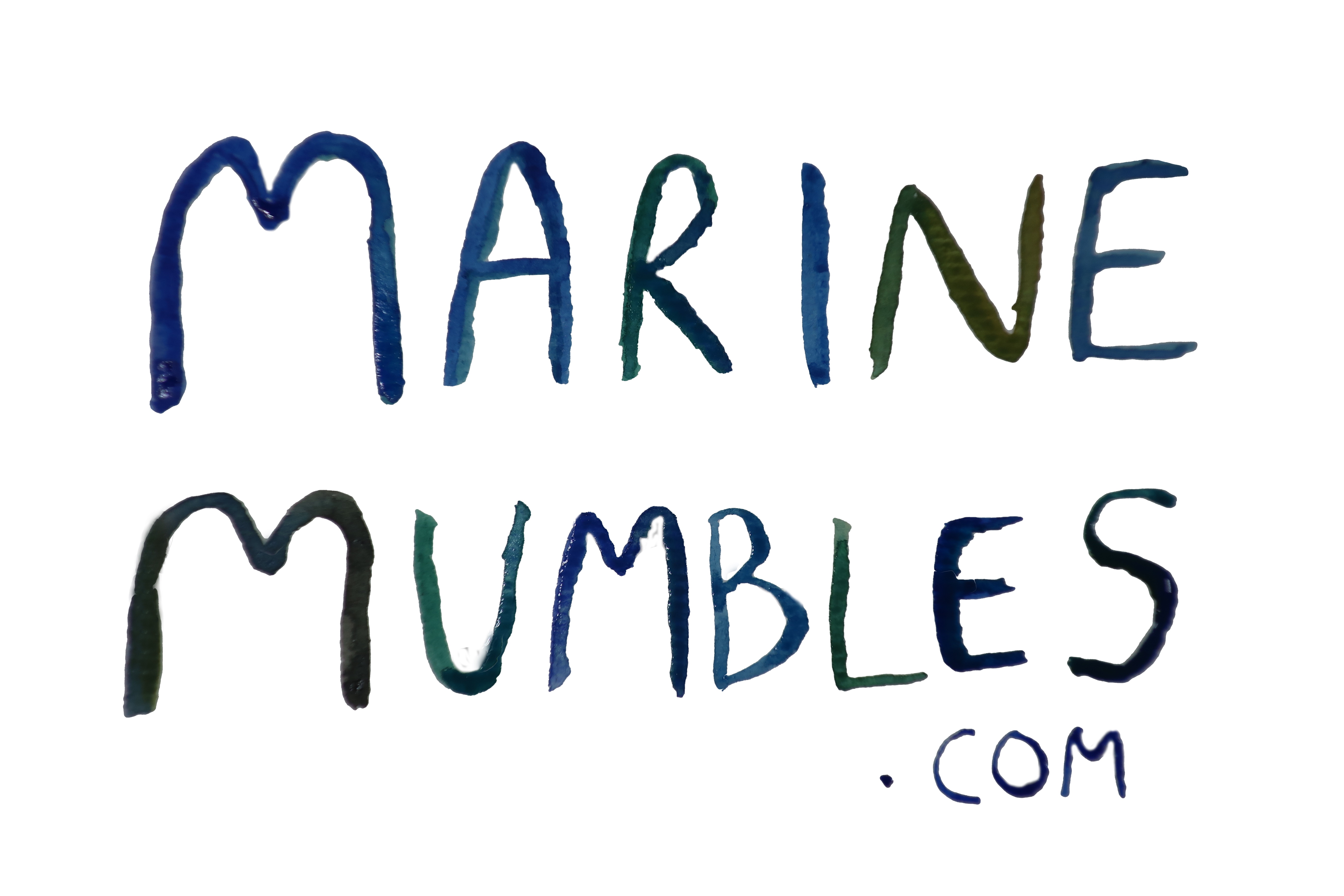Common Starfish – Asterias rubens
Starfish are one of the iconic favourites of the rocky shore. What kid doesn’t like the idea of a starfish! But starfishes role on a shore goes way beyond their cool star shape. They also have the ability to regenerate limbs, they are very important ‘keystone’ predators and can decimate mussel populations with their invasions! I can’t believe that anyone wouldn’t be hooked to read the rest of this post from the words ‘limb regeneration’ and ‘invasions’.
But lets start off with some general information about the Common Starfish. The Common Starfish are part of the phylum ‘Echinodermata. These seastars have 5 arms, and are usually bright orange but can range to a deeper browny/purple colour. Whilst rock pooling you may come across starfish with 4 arms, or 5 arms but one of them is super tiny and cute! Don’t think you’ve got a starfish version of Nemo on your hands, only Nemo has a lucky fin! Starfish have the ability to regenerate lost limbs, as long as the central disc of the starfish is not damaged. This is an amazing feat even though this process can take months to years! However, it just goes to show how hardy these species can be!
Continuing with the physical description… the white dots in my above illustration indicate the spines surrounded by pedicellariae that the dorsal (top) surface of starfish. Pedicellariae are little moving finger-like structures that help to stop unwanted species settling on the top of the starfish. If you touch a starfish whilst rock pooling they will feel rough (the spines) and a but squidgy (the pedicellariae).
The dorsal (bottom) of the starfish is full of rows of tiny ‘tube feet’, which have a sucker at the end. These allow starfish to adhere (stick) to surfaces. Starfish are able to move these tube feet and there 5 arms and travel pretty fast for a rocky shore species! Although it’s not race-car speed you can watch a starfish move a few cm before getting bored!
Starfish prey upon a variety of species including mussels, barnacles, other echinoderms (i.e. urchins, other seastars), molluscs and worms. They are pretty opportunistic feeders with a large range of prey, but have been shown to have a preference to feeding on mussels. They have actually have a good sense of smell and will move towards a preferred prey. This is a species that knows what it wants and is going to get it! They like mussels so much they have been shown to control the bottom limits (in the sub tidal area) of where mussel beds can grow due to their high predation rates. To feed they clamber over mussels and use their strength to pry open the mussel shells (not an easy feat due to mussels super strong adductor mussels). They only have to open their shells up a fraction of a mm, and they can push their stomach into the wheel, slurp up the mussel and retract the stomach back into their body for further digestions! Gross and amazing right?!
When your rock pooling, however, you might not see too many of these species. They can be found inter-tidally but they are also a sub-tidal species. Generally, they just tend not to be in large masses unless there’s an ‘invasion’. Invasions of starfish can happen randomly, although of course it is linked to factors such as excess food or storm events. When this happens starfish appear in one location in high densities and can devour most of the prey in the area in a short period of time. The best chance to see a starfish around Swansea I highly recommend having a nose around Mumbles Pier, as there’s a lot more of them there than I have seen anywhere else!
Hope you enjoyed this introduction to the Common Starfish! Next time your on the shore, I hope you can appreciate they a bit more than just the cool star thing (although they are cool star things!!).





Wow they really are ” Super Stars”
Great art work!